23 Cars That Aren’t As Great As They Seem
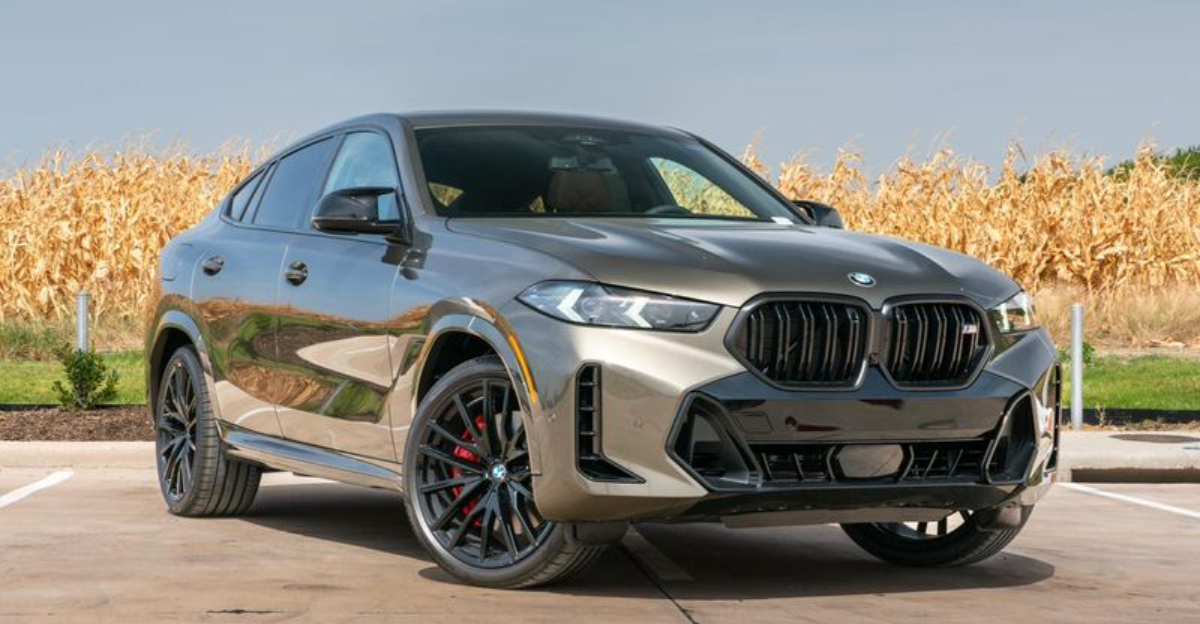
Some cars show up looking like rockstars and leave acting like divas. I once rented a luxury coupe that promised performance, comfort, and style.
It looked stunning parked in the driveway, but on the road, the steering felt like soup, the tech glitched nonstop, and the engine sounded like it had a sore throat.
By the end of the weekend, I was more impressed by the cupholders than anything else.
Some cars talk a big game with sleek badges and bold styling, but once the hype fades, you’re left wondering what all the fuss was about.
1. Jeep Wrangler (base model)
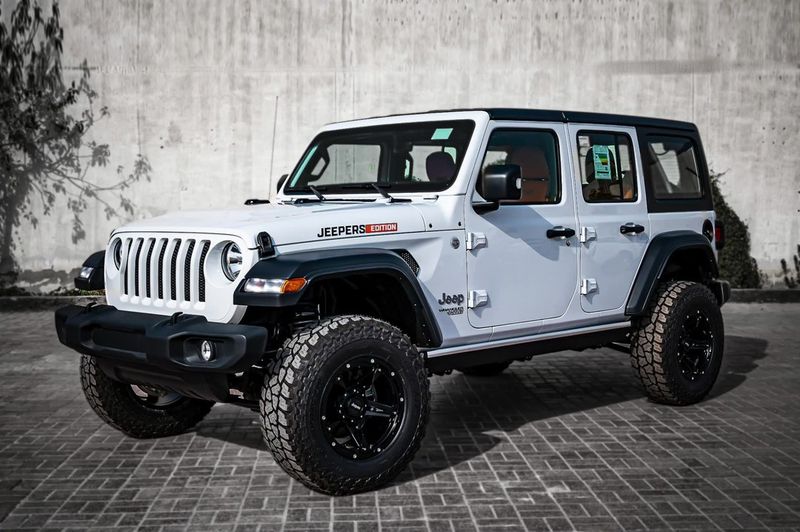
Rugged looks mask a surprisingly bare-bones experience. The base Wrangler offers the aesthetic appeal without delivering the off-road capability most buyers expect – unless you’re willing to shell out thousands in upgrades.
Highway driving becomes an exhausting wrestling match with the steering wheel.
Wind noise at speeds above 60 mph makes conversations nearly impossible, and fuel economy numbers will make you wince at every gas station.
2. Tesla Model X

Falcon wing doors wow onlookers but become a daily headache.
They operate painfully slowly, malfunction regularly, and prevent roof racks from being installed – a major oversight for an SUV marketed to active families.Beyond the gimmicky doors, build quality issues plague many units.
Panel gaps, interior rattles, and electronic glitches appear far too frequently for a vehicle in this premium price bracket.
Repair costs and waiting times add insult to injury.
3. Maserati Ghibli

Borrowing heavily from the Chrysler parts bin doesn’t befit an Italian luxury sedan commanding a six-figure price tag.
Plastic buttons and switches identical to those in a $30,000 Jeep Cherokee feel especially insulting.
Performance falls short of German rivals despite the exotic badge.
Maintenance costs rival a small mortgage payment, while depreciation hits like a financial avalanche. The intoxicating exhaust note might be the only redeeming quality of this disappointing Italian.
4. BMW X6
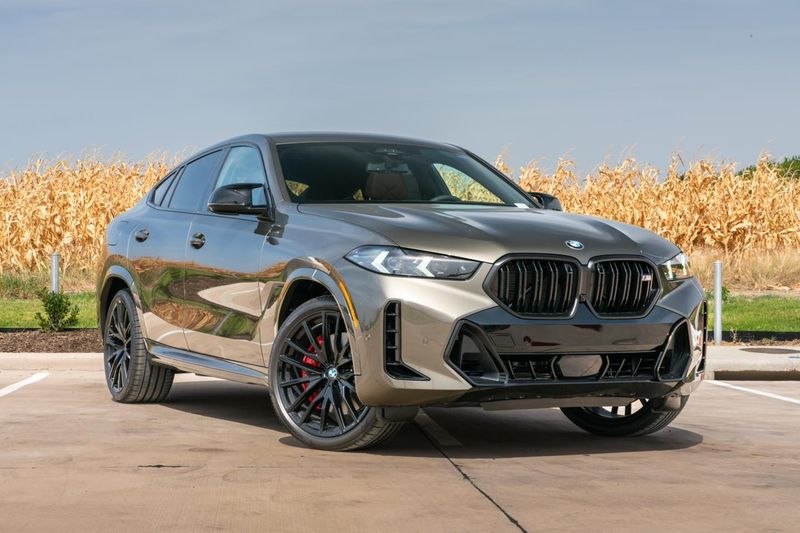
Style over substance defines this confusing “coupe SUV” that excels at neither being a coupe nor an SUV.
The sloped roofline murders rear headroom and cargo space – the very reasons most people buy utility vehicles.
Blind spots large enough to hide a small country make changing lanes a leap of faith.
Despite the compromised practicality, BMW charges a hefty premium over the more sensible X5. The X6 remains the automotive equivalent of uncomfortable designer shoes.
5. Nissan Juke
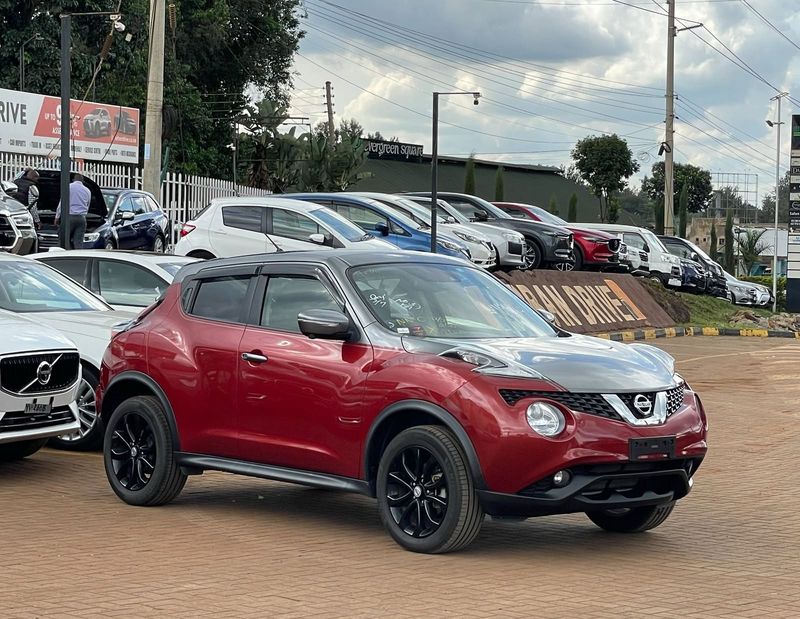
Love-it-or-hate-it styling leans heavily toward the “hate” side for most observers. Those frog-eye headlights and bulbous proportions weren’t quirky-cool – they were just plain weird.
Cramped rear seats torture anyone unfortunate enough to sit back there. The tiny cargo area barely holds a weekend’s worth of groceries.
Add in a harsh ride, poor visibility, and a CVT transmission that drones like a broken vacuum cleaner, and it’s no surprise Nissan eventually pulled the plug.
6. Toyota C-HR
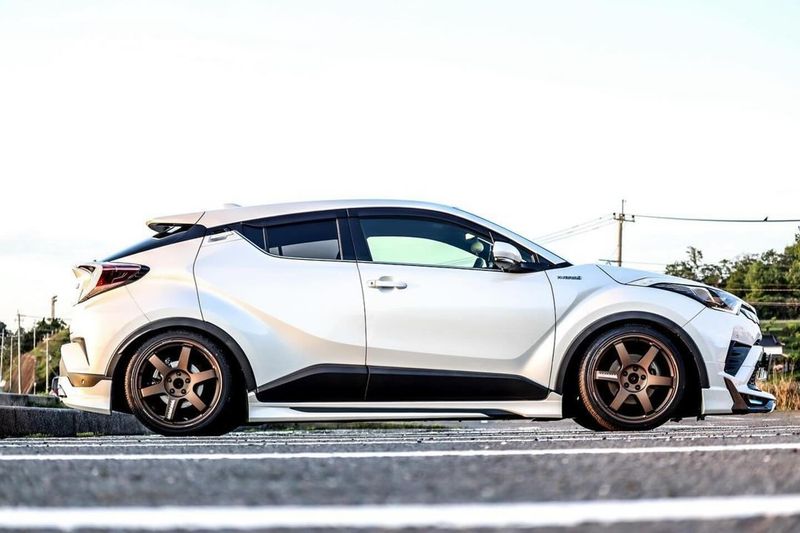
Marketed to young, active buyers who ironically can’t fit their active lifestyle gear in its tiny cargo hold.
The aggressively styled exterior comes at the expense of outward visibility – the rear windows are so small children can barely see out.
Underpowered doesn’t begin to describe the anemic engine. Merging onto highways requires planning, prayer, and patience.
Toyota reliability doesn’t compensate for a vehicle that fails at its primary mission of being practical transportation.
7. Mitsubishi Mirage
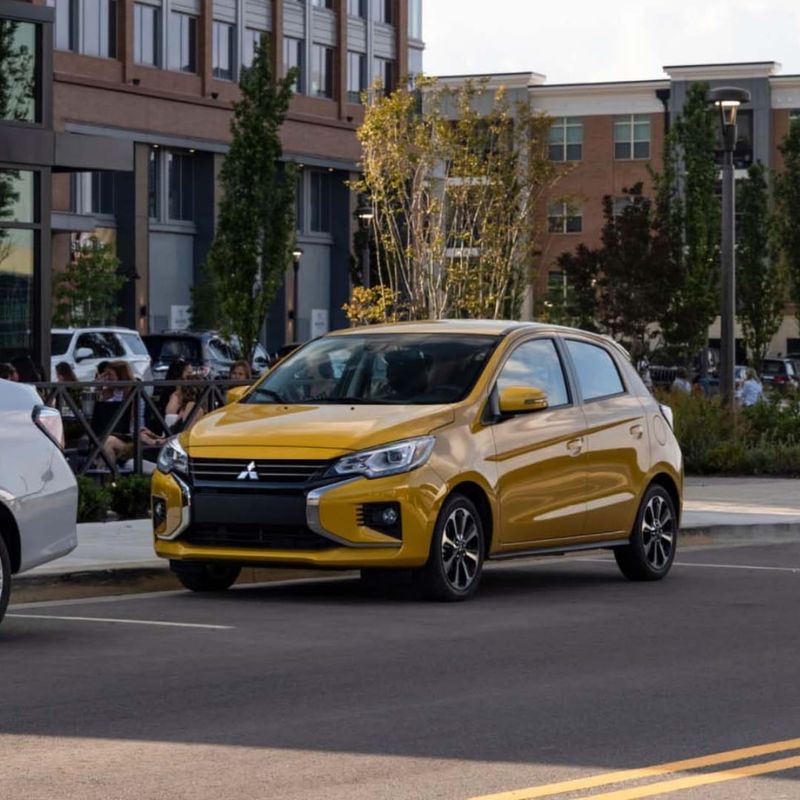
Budget-friendly pricing can’t mask the overwhelming cheapness permeating every aspect of this econobox.
The three-cylinder engine vibrates like it’s powered by angry bees, while highway speeds generate more anxiety than forward momentum.
Interior materials would disappoint even at half the price point. Road and wind noise create a symphony of discomfort at anything above neighborhood speeds.
Safety ratings lag behind competitors, making the Mirage a compromised choice even for the most budget-conscious buyers.
8. Fiat 500L
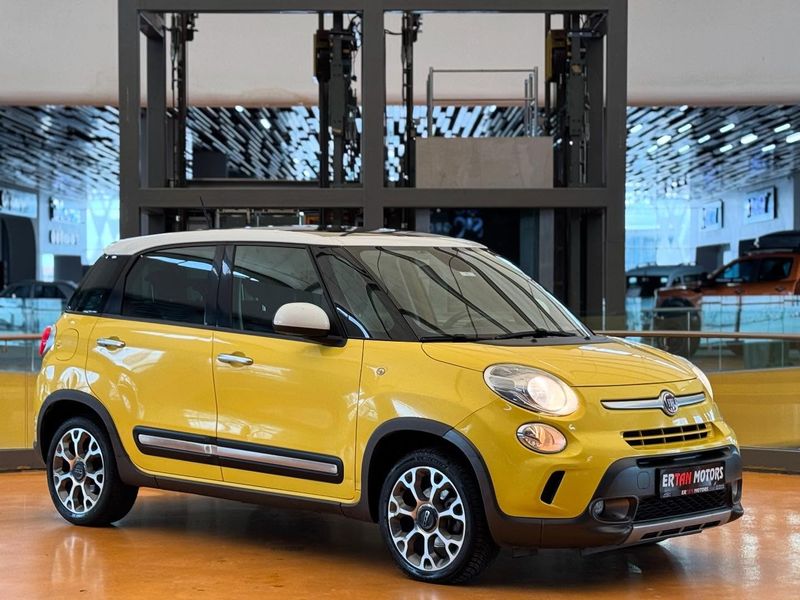
Bloated like the 500’s cute design was stung by bees and suffered an allergic reaction.
The 500L manages to be both ungainly looking and impractically small inside – a worst-of-both-worlds approach to car design.
Reliability issues plague these Italian-American oddities. Consumer Reports consistently ranks them among the least reliable vehicles sold in America.
The jerky dual-clutch transmission makes smooth driving nearly impossible, and visibility problems create hazardous blind spots at almost every angle.
9. Chevrolet Spark
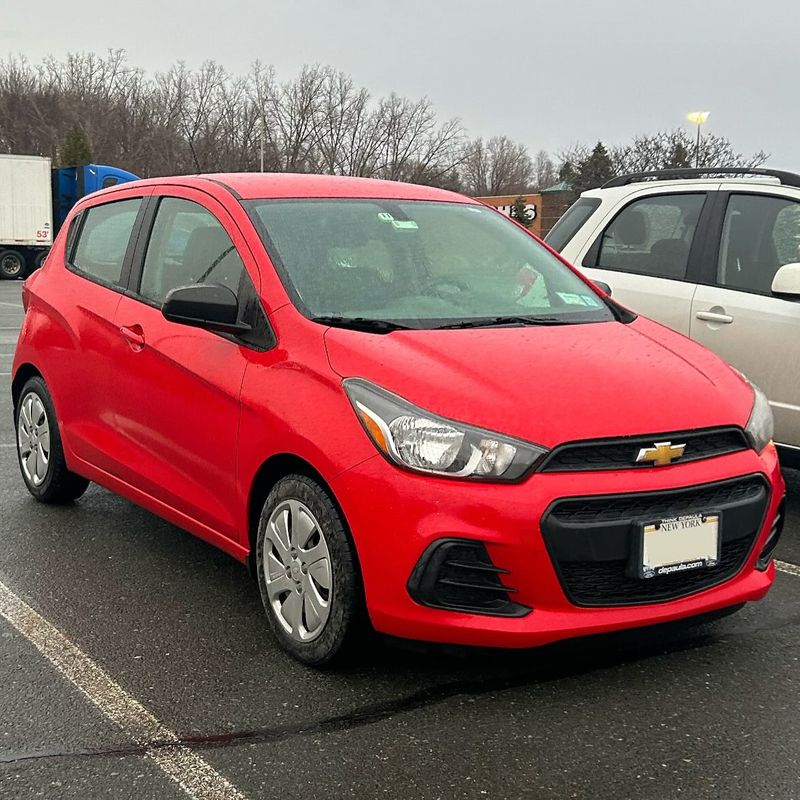
Highway driving becomes a white-knuckle adventure as crosswinds threaten to blow this featherweight into neighboring lanes.
The 98-horsepower engine struggles to maintain speed on modest inclines, making passing maneuvers more theoretical than practical.
Crash test ratings reveal the physics problem inherent in subcompact cars. The short wheelbase creates a choppy ride that becomes tiresome on longer drives.
Though fuel efficient on paper, real-world economy suffers as the engine labors constantly just to keep up with traffic.
10. Mini Cooper S (early models)
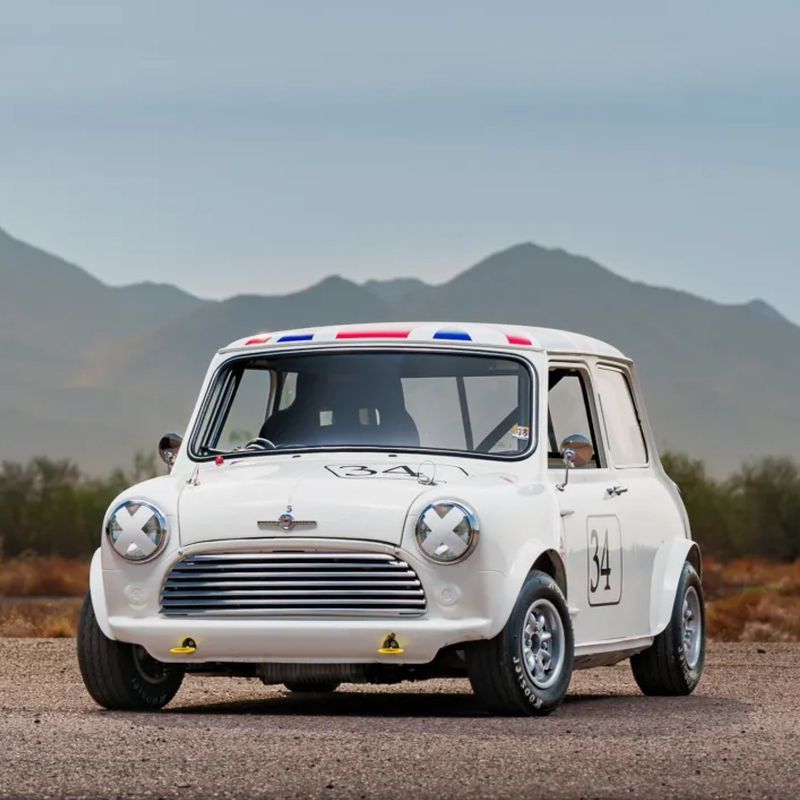
Charming British character quickly loses appeal when electrical gremlins strike – and strike they will.
Early S models developed a notorious reputation for expensive failures, from power steering pumps to timing chains that seemed designed to self-destruct.
Supercharger whine delights for the first few thousand miles before expensive maintenance bills arrive.
Premium fuel requirements and tight interior dimensions further diminish the fun factor. Finding a trustworthy mechanic becomes a part-time job for many owners.
11. Hummer H2
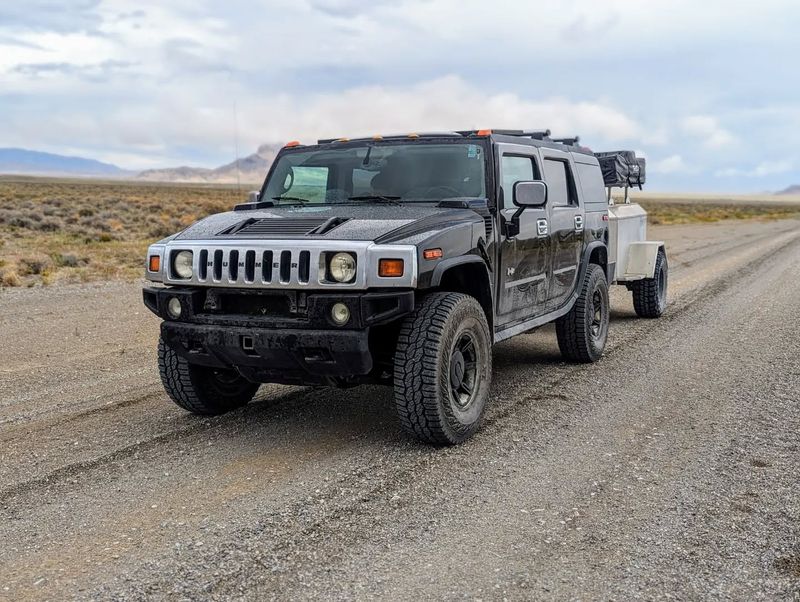
Military styling without military capability defines this suburban poseur. Despite its massive exterior footprint, interior space proves surprisingly cramped.
The tiny windows create a claustrophobic tank-like experience without any actual protection.
Single-digit fuel economy means you’ll develop a first-name relationship with your local gas station attendant. Parking becomes a spatial relations test most owners fail regularly.
The H2 represents peak early-2000s excess – all image, minimal substance, and a carbon footprint visible from space.
12. Ford EcoSport
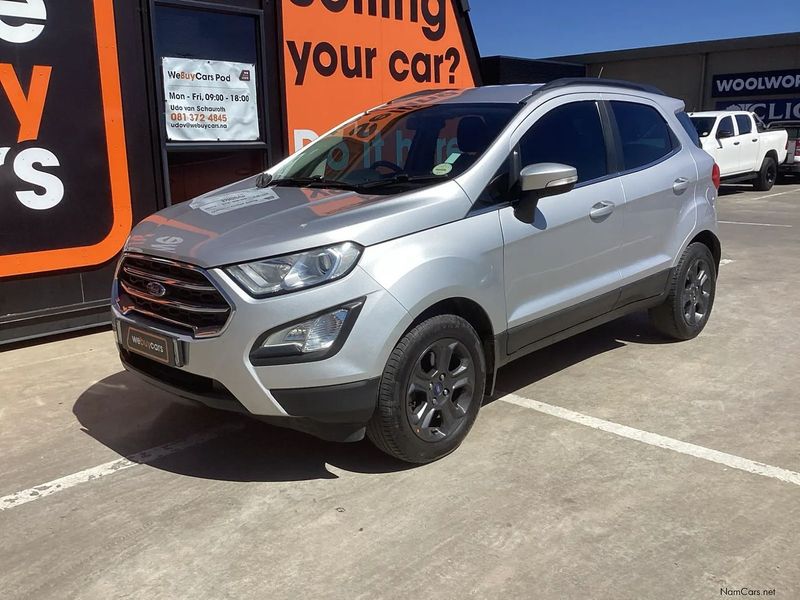
Neither “Eco” nor “Sport” accurately describes this misnamed subcompact crossover. Fuel economy falls short of competitors despite the promising name.
The side-hinged rear door proves awkward in tight parking spaces and makes loading groceries a frustrating exercise in spatial planning.
Dated technology and budget materials pervade the cabin. Road noise becomes your constant companion at highway speeds.
Ford clearly rushed this global platform to market in America without addressing its fundamental shortcomings for demanding US consumers.
13. Dodge Dart
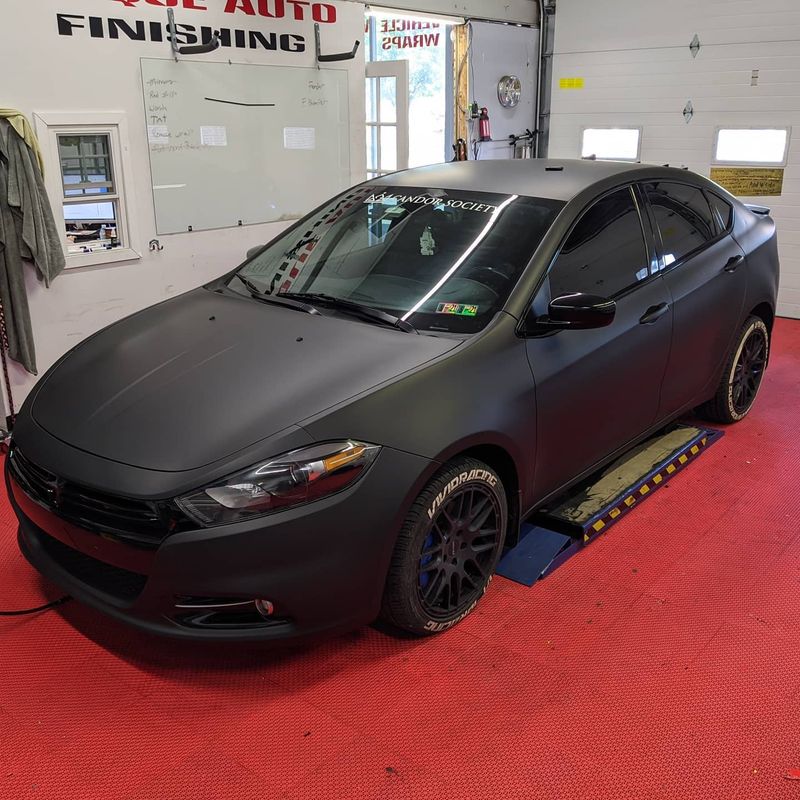
Chrysler’s attempt to create an exciting compact sedan resulted in automotive beige – not offensive but entirely forgettable.
The confused styling borrowed bits from different design languages without creating a cohesive whole.
Transmission issues plagued many owners, with the dual-clutch automatic behaving like it learned to drive the night before.
Interior materials scratched easily and aged poorly. Dodge quietly discontinued the Dart after just four years – an ending few mourned.
14. Cadillac ATS
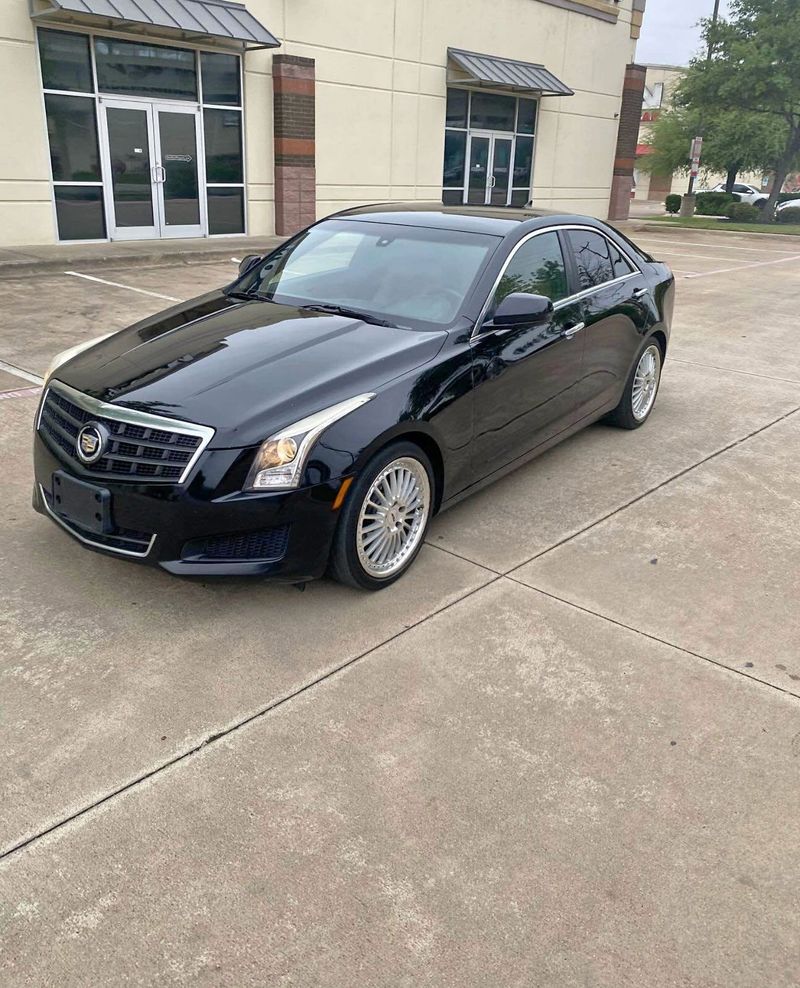
Cramped rear seats make this luxury sports sedan a punishment for anyone relegated to the back.
The CUE infotainment system’s touch-sensitive controls provide an exercise in frustration – simple tasks like volume adjustment become distracting multi-attempt ordeals.
Hard interior plastics betray the luxury badge and price tag. Though handling impressed reviewers, real-world livability suffered. The tiny trunk further limited practicality.
Cadillac’s attempt to build a BMW fighter resulted in a car that missed the luxury target entirely.
15. Chrysler 200
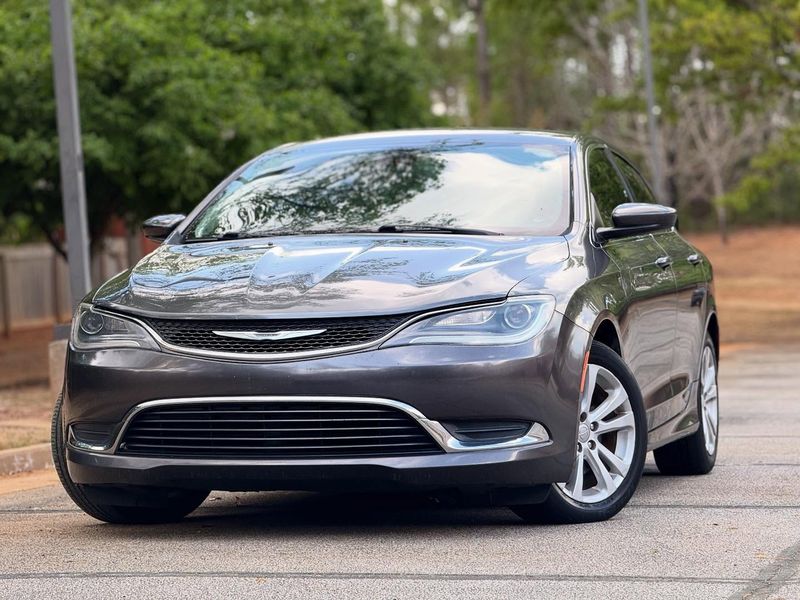
CEO Sergio Marchionne famously called the 200’s design “uncompetitive” – a rare moment of corporate honesty.
The awkward transmission selector caused numerous rollaway incidents and recalls. Rear seat access required contortionist skills due to the sloping roofline.
Visibility suffered from thick pillars creating dangerous blind spots. The four-cylinder engine delivered all the excitement of cold oatmeal.
Despite a handsome exterior redesign in its final generation, the 200 remained fundamentally flawed and was mercifully discontinued.
16. Scion tC

Masquerading as a sports coupe while delivering economy car performance left many owners disappointed. Despite the aggressive styling, the driving experience proved about as exciting as filing taxes.
Cheap interior materials scratched easily and aged poorly. The heavy doors required excessive parking space to open fully.
While reliable in typical Toyota fashion, the tC promised far more excitement than it delivered – a sports car costume on an economy car chassis.
17. Smart Fortwo

Parking benefits couldn’t outweigh the terrifying highway experience as semi-trucks created wind vortexes in Smart Fortwo that threatened to launch this microcar into orbit.
The automated manual transmission jerked passengers’ heads like bobbleheads with each glacially slow gear change.
Premium fuel requirements seemed ironically wasteful for such a tiny car. Limited cargo space meant grocery shopping required strategic planning.
Despite its diminutive size, fuel economy proved merely average – negating much of the Smart’s practical appeal.
18. Hyundai Veloster (non-N)
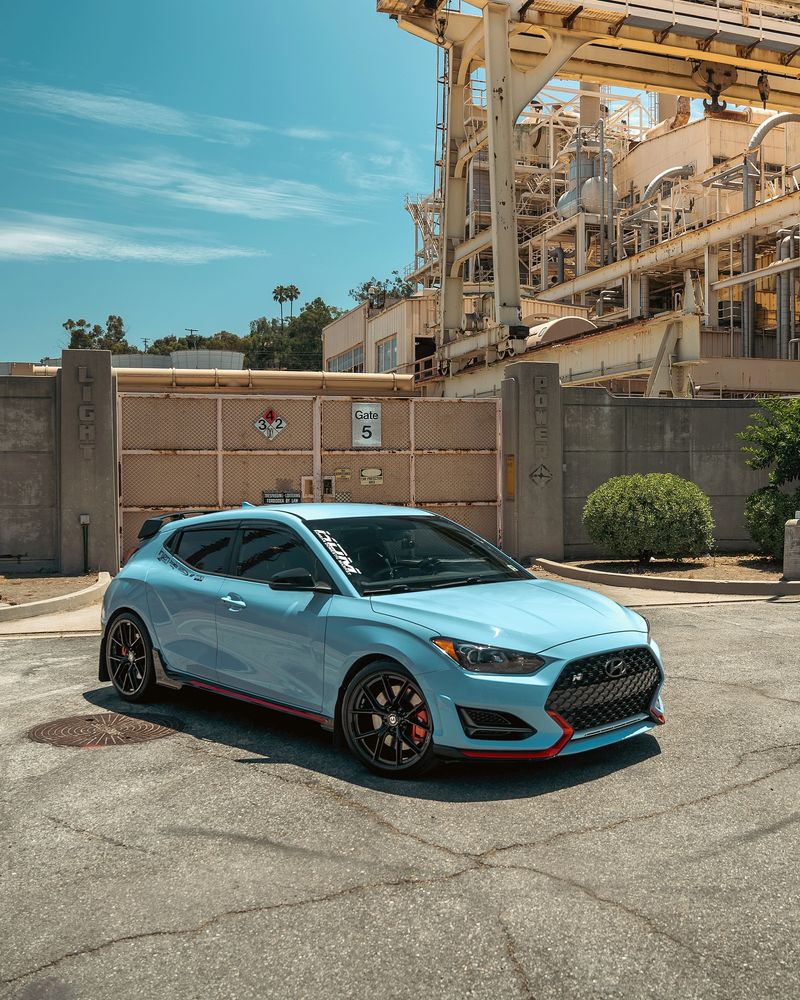
Three doors sounds innovative until you realize it’s just inconvenient for everyone.
The standard Veloster promised sporty thrills but delivered lukewarm performance that left enthusiasts cold and unimpressed.
Rear visibility resembles looking through a mail slot. The stiff suspension punishes without the handling payoff to justify the discomfort.
Only the high-performance N model eventually delivered on the sporty promise – the standard versions remained all show and no go.
19. Lincoln MKZ
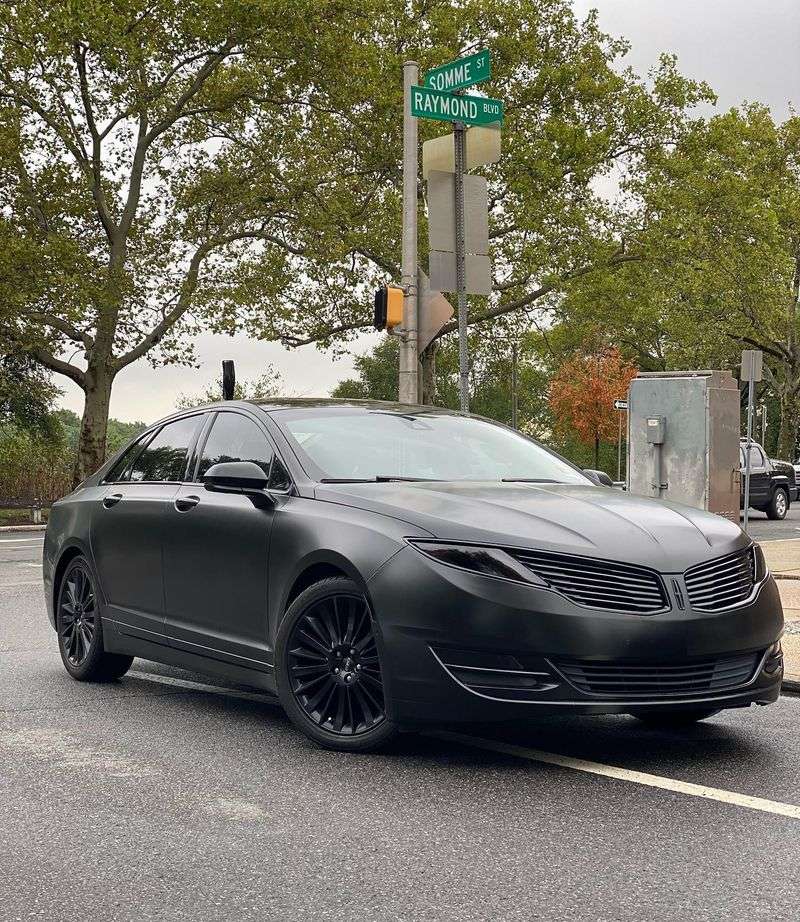
Fancy Ford Fusion accurately describes this luxury sedan that never justified its premium price tag.
The push-button gear selector proved more annoying than innovative, becoming a daily reminder of form over function design thinking.
Identity crisis affected every aspect – not sporty enough for enthusiasts, not plush enough for luxury buyers. Reliability issues plagued early models.
Despite Lincoln’s attempts at brand reinvention, the MKZ remained caught between mainstream and luxury without excelling at either.
20. Infiniti QX50
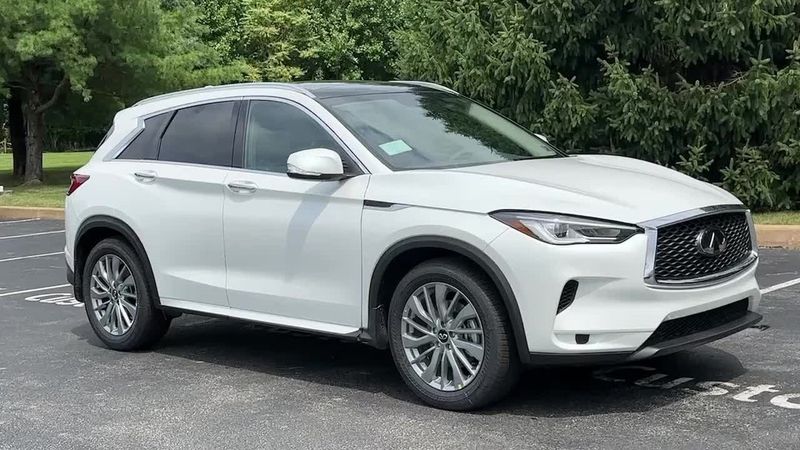
Revolutionary variable compression engine technology sounds impressive in an Infiniti QX50 until real-world fuel economy falls short of more conventional powertrains.
The frustrating dual-screen infotainment system seems designed by people who never actually use infotainment systems.
Finicky transmission behavior disrupts otherwise smooth driving. The steeply sloped rear window creates a cramped feeling for back seat passengers.
Despite premium materials, the overall experience lacks the refinement of European rivals that command similar prices.
21. Buick Cascada
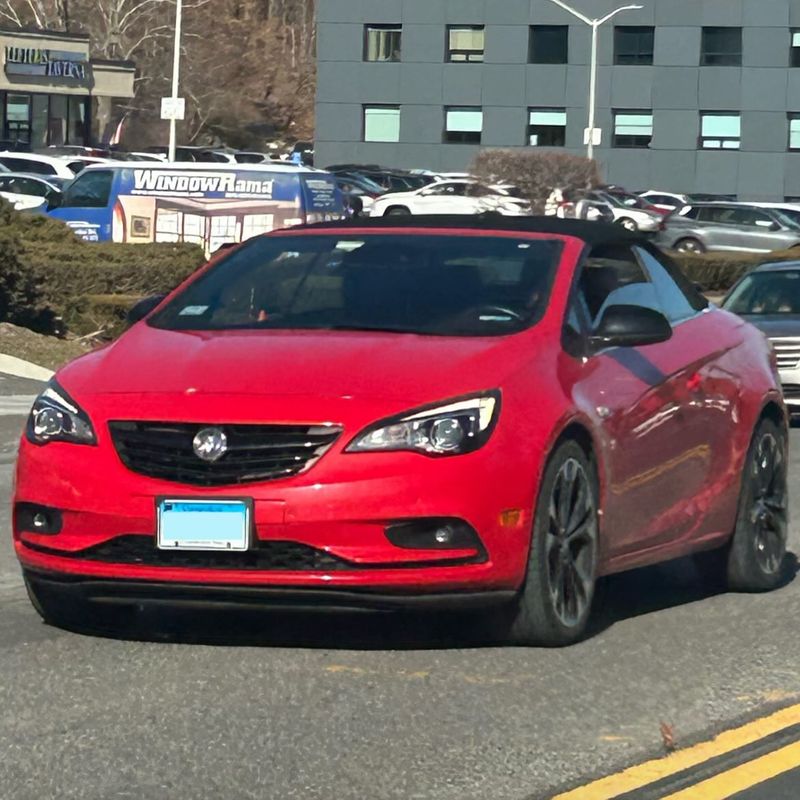
Weighing more than some midsize SUVs, this Buick Cascada convertible moves with all the grace of a beached whale.
The outdated infotainment system contains more buttons than a NASA control panel, creating a confusing array that distracts from driving.
Trunk space vanishes completely with the top down. The backseat exists only theoretically – no actual humans can fit comfortably.
GM quietly discontinued this rebadged European Opel after disappointing sales proved Americans weren’t interested in heavy, underpowered convertibles regardless of the badge.
22. Volkswagen Passat (post-2012 U.S. model)
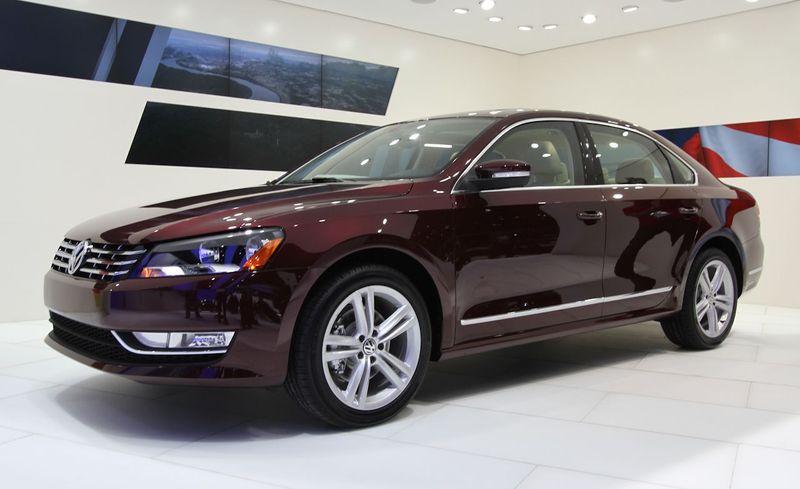
De-contented and designed specifically for American tastes, the US Passat lost the European version’s refinement and driving dynamics.
The cost-cutting measures became immediately apparent in the hard plastic interior that seemed more appropriate for an economy car.
Diesel models were caught in the emissions cheating scandal. Even gasoline versions suffered from reliability issues that tarnished VW’s reputation.
What was once a near-luxury European sedan became a forgettable midsize competitor that couldn’t match Japanese rivals’ reliability or value.
23. Lexus CT 200h
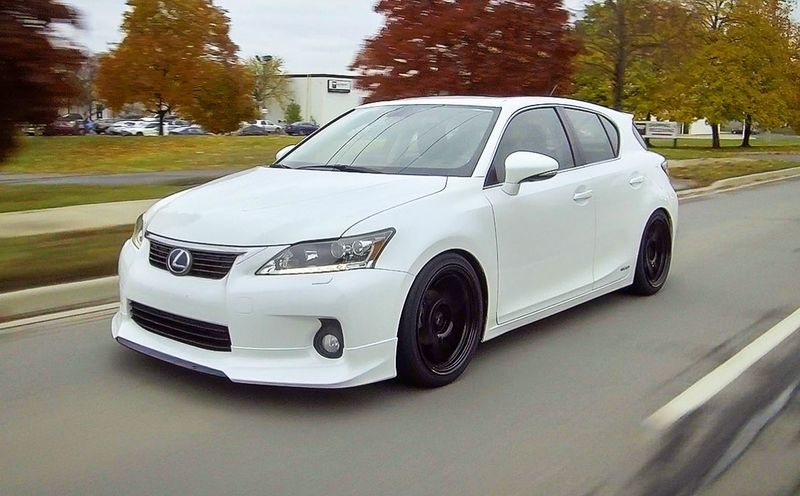
Prius mechanicals wearing a luxury suit never quite convinced buyers it was worth the premium price. The harsh ride betrayed its economy car underpinnings despite the Lexus badge.
The hybrid powertrain delivered excellent fuel economy but absolutely zero driving excitement.
Cramped rear seats and limited cargo space restricted practicality. The infuriating mouse-like infotainment controller required the fine motor skills of a brain surgeon.
Though reliable in typical Toyota fashion, the CT 200h remained a compromised luxury proposition that satisfied neither luxury nor performance buyers.
